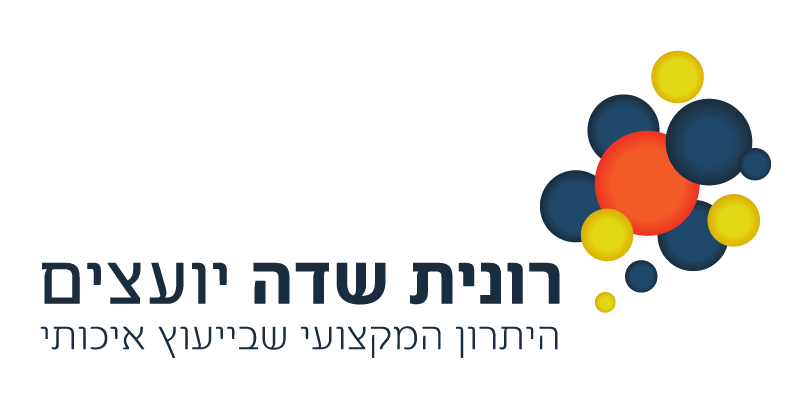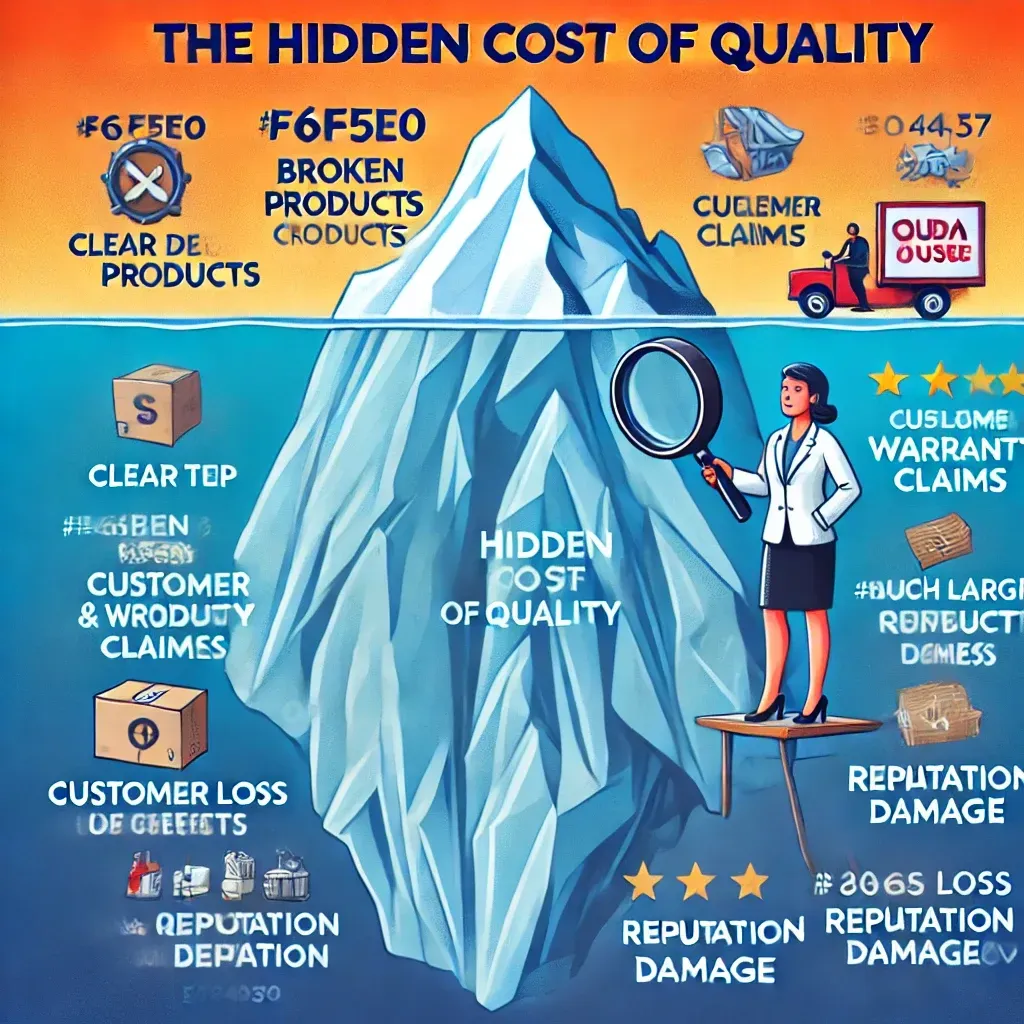510k Exempt Listing: A Comprehensive Guide
Introduction to 510k Exempt Listings The medical device industry is governed by strict regulations to ensure the safety and effectiveness of products on the market. One such regulation is the FDA's 510k process, which requires manufacturers to obtain clearance before commercializing their devices. However, not all devices are subject to this rigorous process. In this comprehensive guide, we will explore the complexities of a 510k exempt listing, providing valuable insights for manufacturers looking to navigate this process successfully. Understanding the FDA's 510k Process Before delving into the intricacies of 510k exemptions, it is essential to understand the FDA's 510k process itself. The 510k process is a premarket submission to demonstrate that a new medical device is substantially equivalent to a device already on the market, known as a predicate device. This process is designed to ensure that new devices are safe and effective, and it involves a thorough review of the device's design, intended use, and performance data. What Does It Mean to Be 510k Exempt? While the 510k process is mandatory for most medical devices, there are certain exemptions outlined in the FDA regulations. A device is considered 510k exempt if it falls within one of the established exemption categories. These categories include devices that are low risk, such as certain Class I devices, custom devices, and devices used solely for research purposes. Being 510k exempt means that manufacturers are not required to submit a premarket notification to the FDA for clearance before introducing their device to the market. Benefits of Pursuing a 510k Exempt Listing Opting for a 510k exempt listing offers several advantages for medical device manufacturers. Firstly, it eliminates the need for a lengthy and costly premarket submission process, saving both time and resources. Additionally, it allows manufacturers to bring their device to market more quickly, enhancing their competitive edge. Furthermore, being 510k exempt can provide a marketing advantage, as it signals to potential customers that the device has already met specific safety and efficacy requirements. Common Misconceptions about 510k Exemptions There are several misconceptions surrounding 510k exemptions that can lead to confusion among medical device manufacturers. One common misconception is that being 510k exempt means there are no regulatory requirements for the device. While it is true that a premarket notification is not required, manufacturers still need to ensure compliance with other applicable regulations, such as labeling requirements and quality system regulations. Another misconception is that being 510k exempt implies a lower level of scrutiny from the FDA. In reality, the FDA still has the authority to review and monitor 510k exempt devices to ensure their safety and effectiveness. It is crucial for manufacturers to understand these misconceptions to avoid compliance issues and ensure they meet all necessary requirements. Navigating the Complexities of a 510k Exempt Listing While pursuing a 510k exempt listing may seem less complicated than going through the full 510k process, there are still complexities to navigate. It is essential to have a thorough understanding of the exemption categories and determine if your device qualifies. Manufacturers should carefully review the FDA regulations, seek guidance from regulatory experts, and consult with legal counsel to ensure compliance with all applicable requirements. Steps to Take When Applying for a 510k Exempt Listing When applying for a 510k exempt listing, there are specific steps that manufacturers should follow to streamline the process. First, identify the appropriate exemption category for your device and gather all necessary documentation to support your claim. Next, prepare a well-structured submission, including a detailed description of the device, its intended use, and any performance data available. Finally, submit your application to the FDA, ensuring that all required information is included and accurate. Important Considerations When Preparing Your Submission Preparing a submission for a 510k exempt listing requires careful attention to detail. Manufacturers should ensure that all documentation is complete, accurate, and up to date. It is crucial to provide a clear and concise description of the device and its intended use, supported by any relevant performance data. Additionally, manufacturers should consider including any applicable labeling requirements and demonstrating compliance with quality system regulations. Tips for a Successful 510k Exempt Listing To increase the likelihood of a successful 510k exempt listing, manufacturers should follow several key tips. Firstly, conduct thorough research to understand the exemption categories and their specific requirements. Secondly, engage with regulatory experts who can provide guidance and support throughout the process. Thirdly, maintain open communication with the FDA, seeking clarification on any questions or concerns. Lastly, ensure ongoing compliance with all applicable regulations and be prepared for potential audits or inspections. Resources and Support for Navigating the 510k Exempt Process Navigating the complexities of a 510k exempt listing can be challenging, but there are resources and support available to manufacturers. The FDA provides comprehensive guidance documents and online resources to help manufacturers understand the requirements and facilitate the submission process. Additionally, regulatory consulting firms specialize in assisting medical device manufacturers with navigating the regulatory landscape, providing expertise and support from initial strategy development to final submission. Conclusion In conclusion, pursuing a 510k exempt listing offers numerous benefits for medical device manufacturers. Understanding the FDA's 510k process and the intricacies of exemptions is essential for successfully navigating this complex regulatory landscape. By following the steps outlined in this comprehensive guide, manufacturers can prepare a well-structured submission, ensure compliance with all applicable regulations, and increase their chances of obtaining a 510k exempt listing. With the right knowledge and support, manufacturers can confidently bring their innovative medical devices to market efficiently and securely. CTA: For more information on navigating the complexities of the FDA's 510k exempt process, contact us today. Our team of regulatory experts can provide the guidance and support you need to successfully bring your medical device to market.











